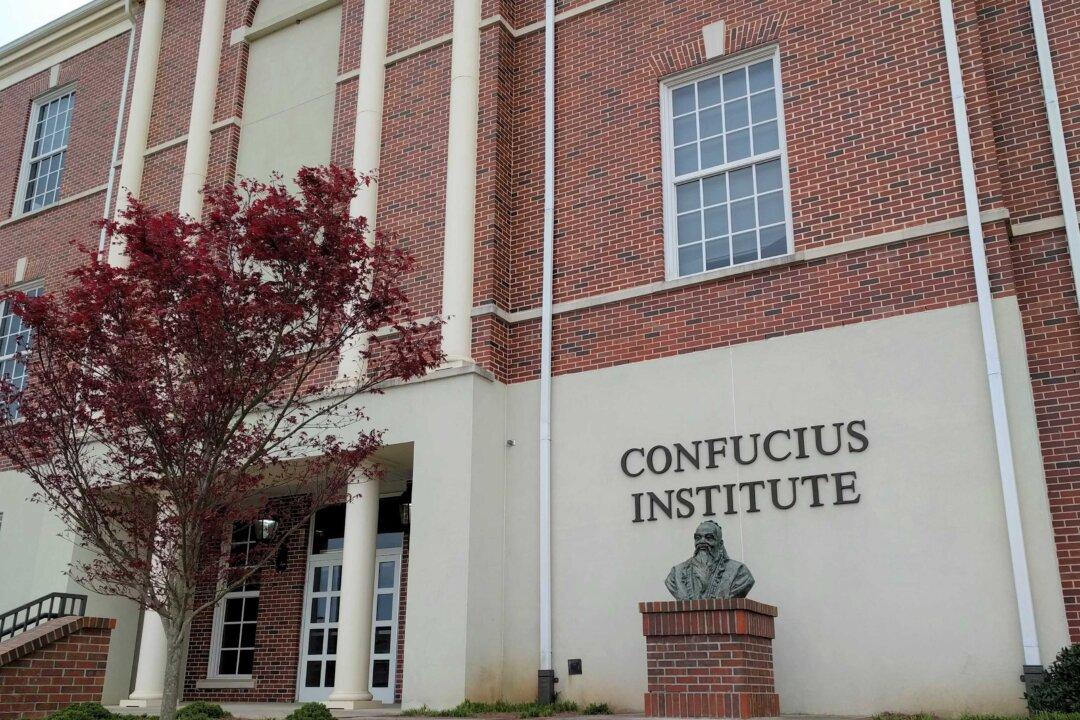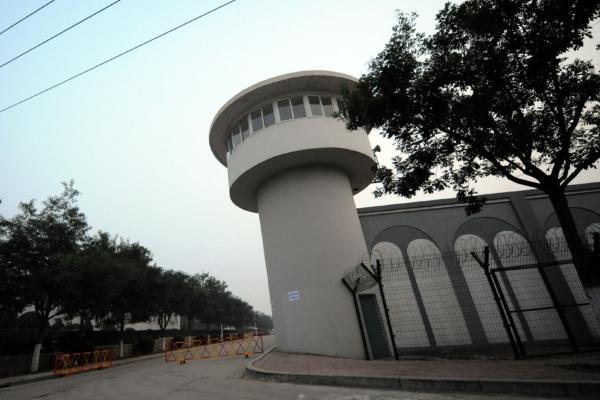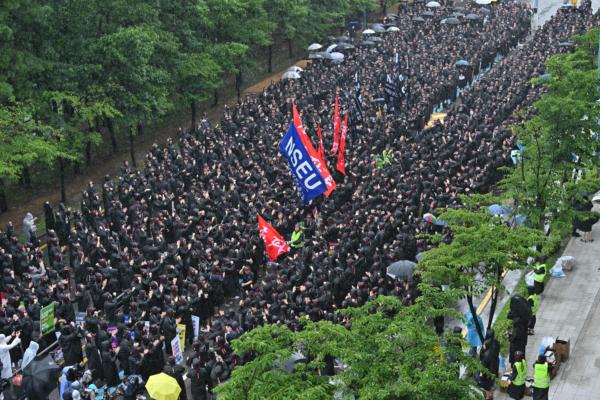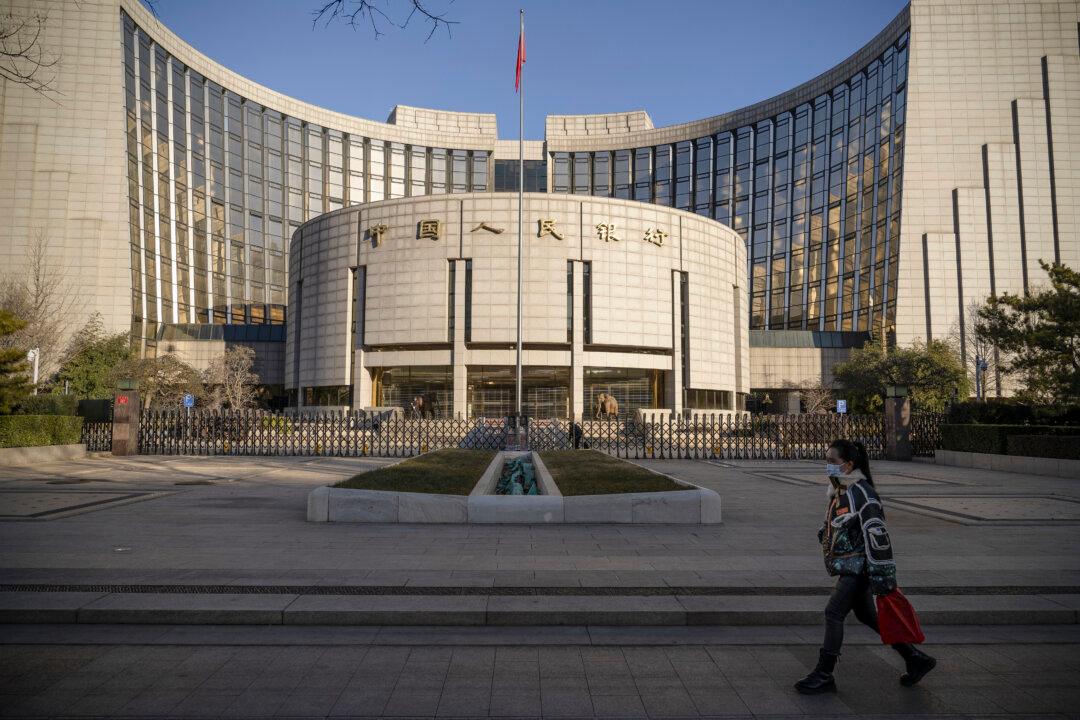Chinese is the second most common language in the world. But if you plan to enroll in one of the hundreds of Confucius Institutes around the globe that teach this language, you'll likely notice that the curriculum has been censored by the Chinese Communist Party (CCP). Not only are students restricted from discussing certain topics, but the CCP also seeks to ensure that they are taught to think and speak a certain way about the topics that are allowed.
Gregory Laslo, an American language student, told The Epoch Times about the differences he saw when studying Chinese in Taiwan versus in mainland China.





